- Joined
- Sep 14, 2015
- Messages
- 77
- Reaction score
- 53
- Review score
- +0 /0 /-0
- Location
- Fort Myers, Florida
Long story short I have a 10 gallon zoa dominated nano with around 30 different varieties from low end to high end and about 6 varieties are suddenly acting unhappy, shriveling up, expelling guts, etc. The kicker is most of the high end varieties look great.. 25 percent of my zoanthid strains started to act weird about two weeks ago while the other 75 percent look great. From my experience I haven't had much luck with zoanthids once they become unhappy and start shrinking so I would like to figure out what going on before they go downhill fast.
Water parameters
Temp: 79 degrees
Salinity: 1.026 (Red Sea Salt)
calcium: 380
Magnesium: 1200
alk: 8.2
Ammonia: 0
ph: 8.2
nitrite: 0
Nitrate: 5ppm
Phosphate: 0
Lighting is one Ai Prime I will upload the settings but I haven't touched them. The tank is about two years old and is very simple, I run filter floss, carbon, wave maker, and do a weekly water change of 2 gallons.
I do have a very small population of digitate hydroids that gets controlled by a cleaner shrimp.. Although when they where very thick they only agitated my zoa's a bit but never seemed to kill them so I doubt they are the culprit. I have woke up in the middle of the night and inspected all the zoa's with a flash light and haven't seen any pest other than maybe 4-5 digitate hydroids that the cleaner shrimp missed.
The affected zoanthids seem to have part of their skirts folded inward and not smaller in size than normal. I have noted that the affected zoanthids have a small amount of the infamous white fuzz other reefers haven't been able to identify on the stalk of the zoa which may be some sort of infection but I have no idea. I have since dipped the affected zoa's multiple times in revive, H20, and iodine with little to no improvements. im pretty much out of ideas other than dosing vitamin C. Any help would be greatly appreciated!!!
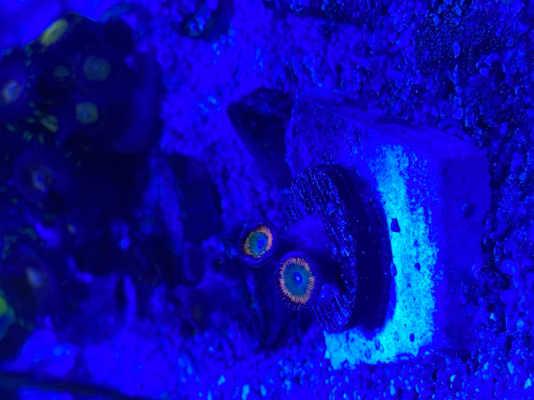
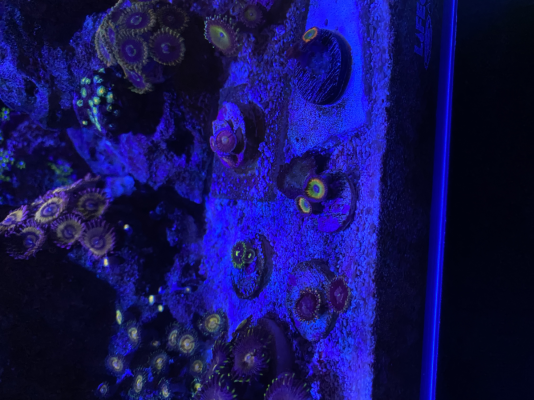
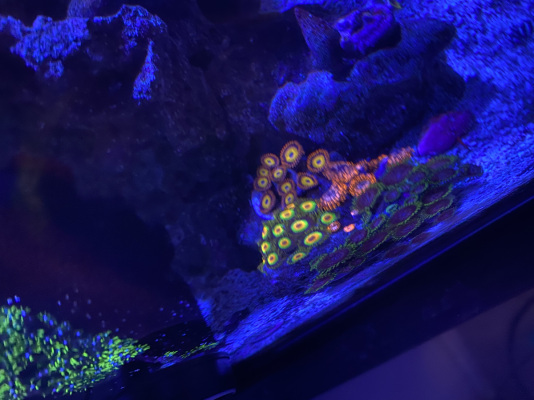
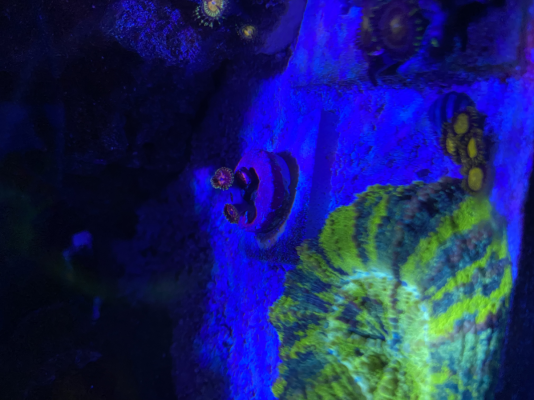
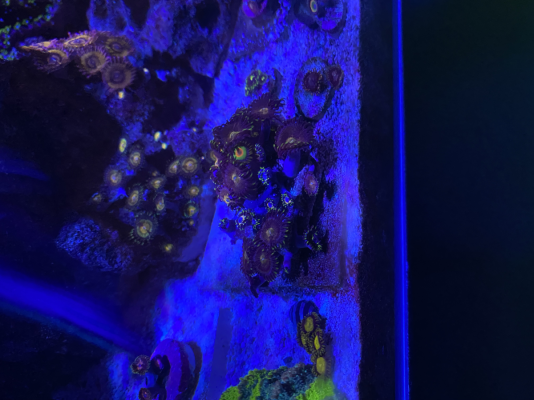
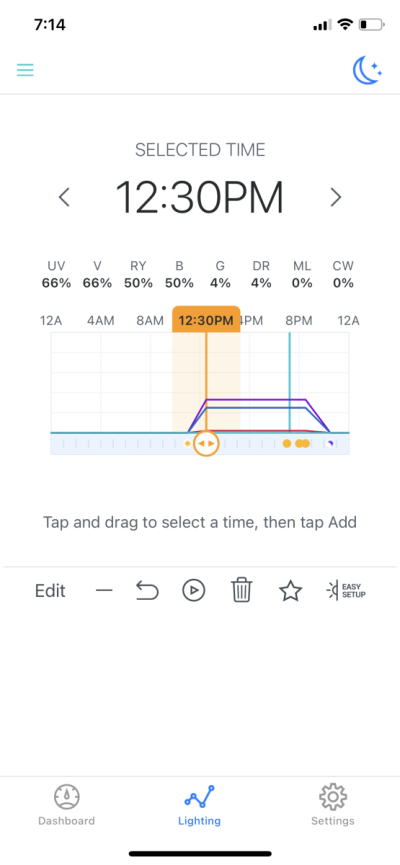
Water parameters
Temp: 79 degrees
Salinity: 1.026 (Red Sea Salt)
calcium: 380
Magnesium: 1200
alk: 8.2
Ammonia: 0
ph: 8.2
nitrite: 0
Nitrate: 5ppm
Phosphate: 0
Lighting is one Ai Prime I will upload the settings but I haven't touched them. The tank is about two years old and is very simple, I run filter floss, carbon, wave maker, and do a weekly water change of 2 gallons.
I do have a very small population of digitate hydroids that gets controlled by a cleaner shrimp.. Although when they where very thick they only agitated my zoa's a bit but never seemed to kill them so I doubt they are the culprit. I have woke up in the middle of the night and inspected all the zoa's with a flash light and haven't seen any pest other than maybe 4-5 digitate hydroids that the cleaner shrimp missed.
The affected zoanthids seem to have part of their skirts folded inward and not smaller in size than normal. I have noted that the affected zoanthids have a small amount of the infamous white fuzz other reefers haven't been able to identify on the stalk of the zoa which may be some sort of infection but I have no idea. I have since dipped the affected zoa's multiple times in revive, H20, and iodine with little to no improvements. im pretty much out of ideas other than dosing vitamin C. Any help would be greatly appreciated!!!

















